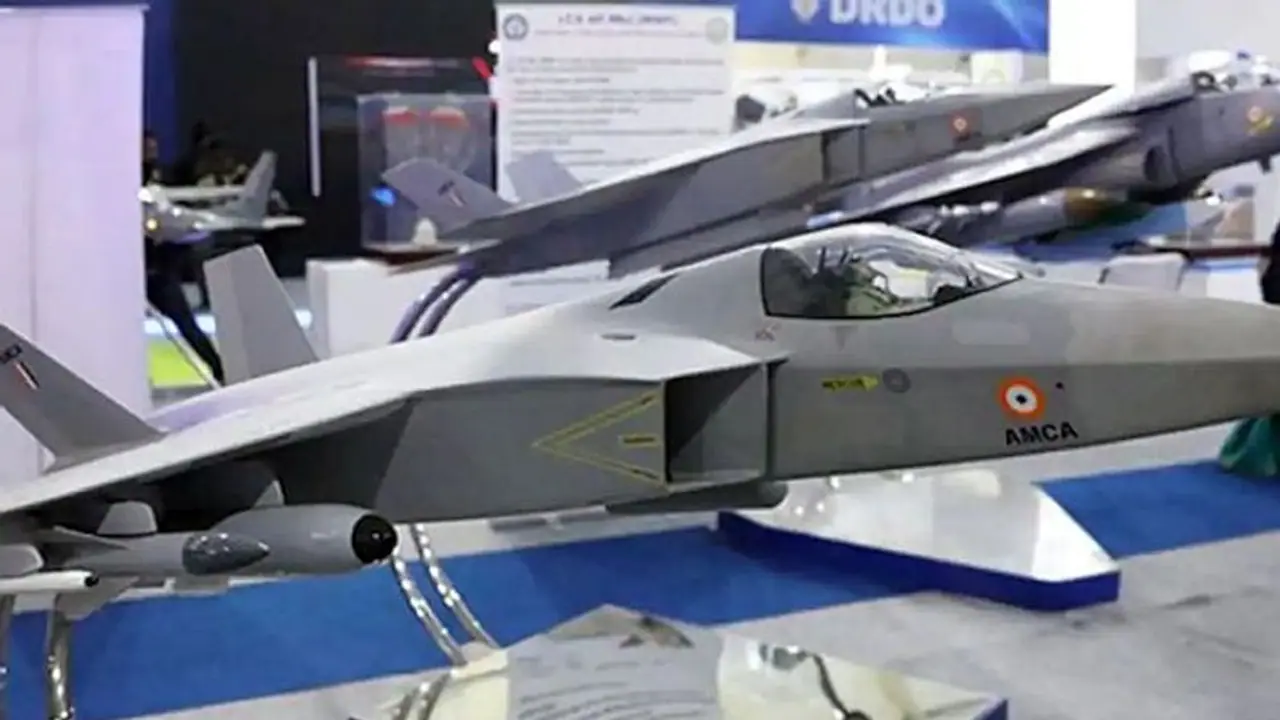While India has made strides in aviation technology, it still relies on foreign assistance for key components. The Indian Air Force faces challenges in modernization and indigenous production. Girish Linganna explains
The aerospace industry encompasses activities such as design, manufacturing and upkeep of aircraft, missiles and UAVs. It also encompasses various airborne systems, avionics, engines and weaponry, as well as maintenance, repair and overhaul (MRO) services. The aerospace industry represents approximately 40 per cent of the total global military expenditure worldwide, which amounted to $2.24 trillion in 2022.

India has firmly established itself as a significant player in the global aerospace market. With the Indian armed forces consistently increasing their defence aerospace needs and budgets, coupled with a thriving commercial aviation sector experiencing expansion with the introduction of new airports, the country stands at the forefront of aviation technologies.
These technologies are not only cutting-edge but also have the potential to be game-changing, enhancing deterrent capabilities. But India still relies on foreign assistance for aero-engines, a significant portion of avionics, radar systems, certain weaponry and ejection seats for its defence equipment.
Project Still on Drawing Board
The Indian Air Force (IAF), which holds the fourth position globally, is currently grappling with a decline in the number of fighter squadrons and its modernization efforts are lagging far behind schedule.
To address this, there is a pressing need to ramp up indigenous production in terms of both quality and quantity, while ensuring timely deliveries. India’s progress in the realm of fighter aircraft is currently at the LCA Mark-1 stage, with other variants yet to come, while the ambitious fifth-generation AMCA project remains on the drawing board, possibly requiring foreign assistance for certain technologies.
The private sector has made substantial inroads into the aerospace industry, with Indian conglomerate Tata establishing a significant aerospace production facility in Hyderabad. At this facility, Tata manufactures a range of components, including Sikorsky S-92 helicopter cabins, aero structures for Lockheed C-130 Hercules, Boeing’s CH-47 Chinook helicopters and Pilatus PC-12NG.
They are also responsible for producing wings for F-16s and hold the unique distinction of being the exclusive global producer of fuselages for Boeing’s AH-64 Apache helicopters, which are supplied to customers worldwide.
The Indian armed forces have a substantial demand for various types of aircraft, including fighter jets, transport planes and helicopters. To address the shortfall, the IAF plans to acquire 114 imported fighter aircraft. Additionally, India is in the process of procuring General Atomics’ Predator MQ-9 UAVs.
There is also a requirement for Flight Refuelling Aircraft (FRA), Airborne Early Warning and Control (AEW&C) planes, Unmanned Aerial Vehicles (UAVs), drones and a variety of other aviation assets. India also needs to invest in air defence radars, missile systems, long-range precision aerial weapons and numerous other capabilities to bolster its overall defence capabilities.
HAL: Premier Aviation Leader
Hindustan Aeronautics Limited (HAL) stands as India’s premier aviation leader, boasting 19 production units. Over the years, HAL has manufactured an impressive array of 26 aircraft types, primarily military, through both indigenous development and licence-production agreements. This includes the production of such fighters as the Su-30 MKI, medium transport aircraft, trainers and helicopters, alongside the assembly of both Russian and Western aero-engines under licence.
HAL supplies components to such major companies as Airbus, Boeing and Eurocopter, showcasing its world-class composite manufacturing prowess. Additionally, HAL is set to manufacture GE-414 engines in India, further enhancing its role in the aviation industry.
HAL is nearing completion of its delivery of 40 Light Combat Aircraft (LCA) ‘Tejas’ Mark-1, with 83 LCA Mark-1A equipped with modern AESA radar set for delivery in early 2024 and an additional commitment from the IAF for 100 Mark-1A. HAL is also progressing on the LCA Mark-2, powered by the more robust GE-414 engine, now known as the ‘Medium Weight Fighter’.
India has also made significant strides in helicopter production, with around 400 Advanced Light Helicopters (ALH), ALH-WSI ‘Rudra’, the Light Combat Helicopter (LCH) ‘Prachand’ and Light Utility Helicopter (LUH) currently in operation. HAL is actively developing the Indian Multi-Role Helicopter (IMRH) and has established a substantial factory in Tumkur, Karnataka, while the NAL-HAL Saras project continues its gradual development.
But, while HAL excels, there is potential for further improvement in quality assurance. It still faces challenges with its platforms reliant on imports, leading to increased costs. Improving manpower productivity is crucial, as prolonged project delays necessitate adjustments to the requirements of the service air staff, given the ever-evolving pace of technological advancements.
The author of this article is a Defence, Aerospace & Political Analyst based in Bengaluru
